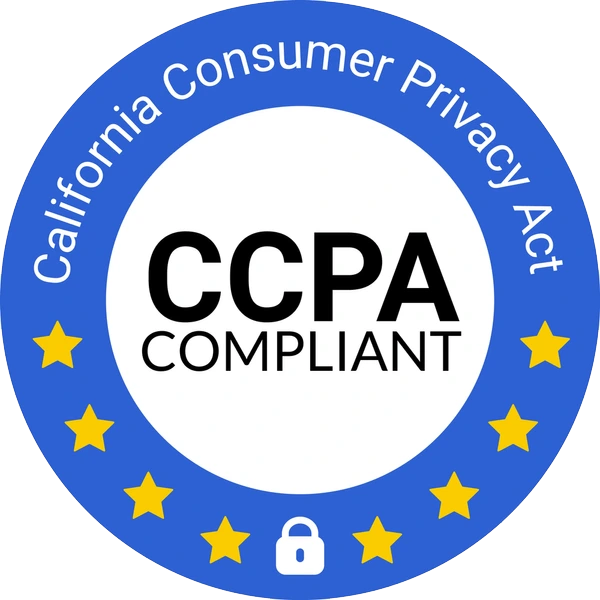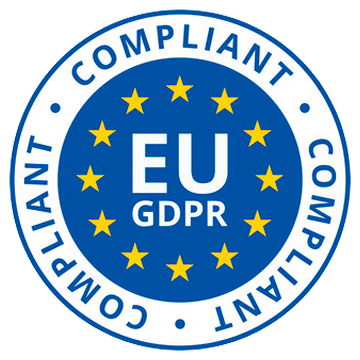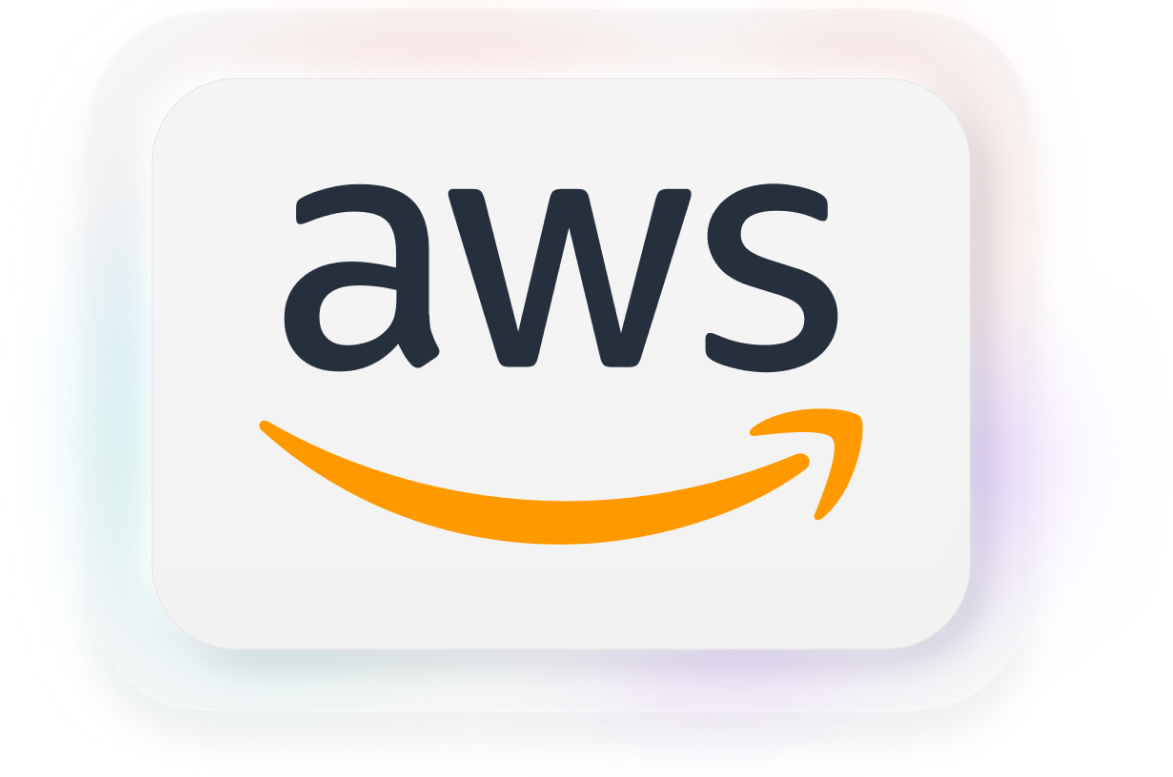Understanding B2B Lead Generation
B2B lead generation is a fundamental aspect of any successful business strategy. It involves the process of identifying and capturing potential customers, also known as leads, who are likely to have a genuine interest in your products or services. By targeting specific audiences that align with your ideal customer profile, nurturing them through the sales funnel, and ultimately converting them into paying customers, B2B lead generation plays a vital role in driving growth and revenue for your business.
Defining B2B Lead Generation
At its core, B2B lead generation is all about finding and engaging with the right prospects. It goes beyond simply generating a list of contacts; it is about understanding your target market, their pain points, and their needs. By doing so, you can tailor your marketing efforts to attract and capture the attention of potential customers who are most likely to benefit from your products or services.
Once you have identified your target audience, the next step in B2B lead generation is to nurture these leads through the sales funnel. This involves building relationships, providing valuable content, and addressing any concerns or objections they may have. By establishing trust and credibility, you increase the chances of converting these leads into paying customers.
Importance of B2B Lead Generation
B2B lead generation is crucial for several reasons. Firstly, it helps you build a pipeline of potential customers, ensuring a steady stream of sales opportunities. By consistently generating new leads, you can maintain a healthy sales pipeline and avoid relying solely on existing customers for revenue.
Additionally, effective lead generation enables you to focus your resources on high-quality leads. By identifying and targeting prospects who are most likely to convert, you can optimize your marketing efforts and improve your conversion rates. This not only saves you time and resources but also increases your return on investment (ROI).
Moreover, lead generation plays a significant role in establishing brand awareness, credibility, and authority in your industry. By consistently providing valuable content and engaging with your target audience, you position your business as a trusted resource and thought leader. This not only helps attract new leads but also strengthens your relationship with existing customers, leading to repeat business and referrals.
In conclusion, B2B lead generation is a multifaceted process that involves identifying, nurturing, and converting potential customers. By understanding the importance of lead generation and implementing effective strategies, you can drive growth, increase revenue, and establish a strong presence in your industry.
The B2B Lead Generation Process
Generating leads is a critical aspect of any successful B2B marketing strategy. It involves identifying and attracting potential customers who are likely to be interested in your products or services. The process of B2B lead generation consists of several steps that work together to drive qualified leads and ultimately convert them into paying customers.
Identifying Your Target Audience
The first step in B2B lead generation is understanding who your target audience is. This involves conducting market research and creating buyer personas to identify the characteristics and pain points of your ideal customers. By knowing your target audience, you can tailor your marketing efforts and messaging to resonate with their needs and motivations.
Market research involves gathering data on your industry, competitors, and potential customers. It helps you gain insights into market trends, customer preferences, and the competitive landscape. This information is crucial for identifying your target audience and understanding their needs and pain points.
Creating buyer personas is another essential aspect of identifying your target audience. A buyer persona is a fictional representation of your ideal customer, based on real data and market research. It includes demographic information, job title, responsibilities, challenges, and goals. By creating detailed buyer personas, you can better understand your target audience’s motivations and tailor your marketing messages accordingly.
Creating a Lead Generation Strategy
Once you have identified your target audience, it’s crucial to develop a comprehensive lead generation strategy. This includes defining your goals, selecting the most suitable lead generation channels, and creating compelling content that attracts and engages your audience. Remember to optimize your strategy for mobile devices, as a significant portion of B2B research and lead generation now happens on smartphones and tablets.
Defining your goals is an essential step in creating a lead generation strategy. What do you want to achieve with your lead generation efforts? Do you want to increase brand awareness, generate more leads, or improve lead quality? Setting clear goals helps you measure the success of your lead generation activities and make data-driven decisions.
Once you have defined your goals, you need to select the most suitable lead generation channels. There are various channels available, including email marketing, social media, content marketing, search engine optimization (SEO), and paid advertising. Each channel has its strengths and weaknesses, so it’s important to choose the ones that align with your goals and target audience.
Creating compelling content is a crucial aspect of any lead generation strategy. Your content should provide value to your target audience and address their pain points. It can take the form of blog posts, whitepapers, case studies, videos, webinars, or infographics. The key is to create content that educates, informs, and engages your audience, positioning your brand as a trusted authority in your industry.
Optimizing your lead generation strategy for mobile devices is essential in today’s digital landscape. With the increasing use of smartphones and tablets, more and more B2B buyers are conducting research and making purchasing decisions on mobile devices. Ensure that your website and landing pages are mobile-friendly and provide a seamless user experience across different devices.
By following these steps and continuously refining your lead generation strategy, you can effectively attract and convert qualified leads, driving business growth and success.
Effective B2B Lead Generation Channels
When it comes to B2B lead generation, there are several channels that can be highly effective in driving quality leads. While each channel has its own unique benefits, combining them strategically can yield even better results. In this article, we will explore two popular channels: social media and email marketing.
Social Media for B2B Lead Generation
Social media platforms offer immense opportunities for B2B lead generation. By strategically leveraging platforms like LinkedIn, Twitter, and Facebook, you can connect with your target audience, share valuable content, and drive traffic to your website.
LinkedIn, being a professional networking platform, is particularly useful for B2B lead generation. It allows you to showcase your expertise, connect with industry professionals, and join relevant groups and communities. By engaging in industry-relevant discussions and sharing valuable insights, you can position yourself as a thought leader and attract potential leads.
Twitter, on the other hand, provides a platform for real-time conversations. By using relevant hashtags and participating in industry chats, you can expand your reach and connect with potential leads. Sharing industry news, blog posts, and other valuable content can help establish your credibility and generate interest in your products or services.
Facebook, although primarily known for B2C marketing, can also be a valuable channel for B2B lead generation. By creating a business page and joining relevant groups, you can engage with your target audience and build relationships. Sharing informative and engaging content, such as case studies, success stories, and industry insights, can help generate interest and attract potential leads.
In addition to organic strategies, social media advertising can also be a powerful tool for B2B lead generation. Platforms like LinkedIn and Facebook offer advanced targeting options, allowing you to reach your ideal audience with precision. By creating compelling ad campaigns and optimizing them based on performance data, you can generate quality leads and drive conversions.
Email Marketing as a Lead Generation Tool
Email marketing remains one of the most effective lead generation channels for B2B businesses. Building an opt-in email list allows you to reach a targeted audience who has already expressed interest in your products or services.
Personalization is key in email marketing. By segmenting your email list based on various criteria, such as industry, job title, or previous interactions, you can send targeted emails that resonate with your audience. Tailoring your message to their specific needs and pain points increases the chances of engagement and conversion.
Automation workflows are another powerful feature of email marketing platforms. By setting up automated email sequences, you can deliver relevant content and offers based on lead behavior. For example, if a lead downloads a whitepaper from your website, you can automatically send them a follow-up email with related content or a special offer. This helps nurture leads and move them through the sales funnel.
Tracking and analyzing email metrics is crucial for refining your email marketing strategy. By monitoring open rates, click-through rates, and conversions, you can identify what resonates with your audience and make data-driven improvements. A/B testing different subject lines, email designs, and calls-to-action can also help optimize your campaigns for better results.
In conclusion, social media and email marketing are two highly effective channels for B2B lead generation. By strategically leveraging these channels and continuously refining your strategies based on data, you can generate quality leads and drive business growth.
B2B Lead Generation Metrics and Analytics
Lead generation is a crucial aspect of any B2B marketing strategy. It involves attracting potential customers and converting them into leads, ultimately leading to sales. To effectively measure the success of your lead generation efforts, tracking key metrics and utilizing analytics tools are essential.
Key Metrics to Track
Tracking key metrics allows you to gain insights into the effectiveness of your lead generation efforts. By monitoring these metrics, you can identify areas that need improvement and make data-driven decisions to enhance your overall strategy.
One critical metric to track is website traffic. Understanding the number of visitors coming to your website gives you an idea of how well your marketing efforts are driving traffic. Additionally, analyzing the sources of traffic, such as organic search, social media, or paid advertising, can help you identify which channels are most effective in attracting potential leads.
Another important metric is lead conversion rates. This metric measures the percentage of website visitors who become leads by taking a desired action, such as filling out a form or subscribing to a newsletter. By tracking this metric, you can assess the effectiveness of your lead capture methods and identify any bottlenecks in the conversion process.
Cost per lead is another metric that provides valuable insights into the efficiency of your lead generation efforts. It calculates the average cost of acquiring a single lead and helps you evaluate the return on investment (ROI) of your marketing campaigns. By comparing the cost per lead to the revenue generated from those leads, you can determine the profitability of your lead generation efforts.
Using Analytics for Lead Generation Improvement
Analytics tools play a crucial role in understanding and improving your lead generation campaigns. These tools provide valuable insights into the performance of your marketing efforts, allowing you to make data-driven decisions to optimize your strategy.
One widely used analytics tool is Google Analytics. It allows you to track various website metrics, such as the number of visitors, bounce rate, and average time spent on site. By analyzing this data, you can identify patterns and trends in user behavior, helping you understand how visitors interact with your website and where they may be dropping off in the lead generation process.
Landing page performance is another crucial aspect to analyze using analytics tools. By tracking metrics such as conversion rates, bounce rates, and click-through rates, you can assess the effectiveness of your landing pages in capturing leads. This information enables you to make informed decisions on design, layout, and content optimization to maximize lead generation.
Furthermore, analytics tools allow you to measure the success of your lead generation campaigns by tracking conversion rates. By setting up conversion goals, you can monitor the percentage of visitors who complete a desired action, such as downloading an ebook or requesting a demo. This data helps you identify which campaigns are driving the most conversions and allows you to allocate your resources effectively.
In conclusion, tracking key metrics and utilizing analytics tools are essential for B2B lead generation success. By analyzing website traffic, lead conversion rates, cost per lead, and ROI, you can identify areas for improvement and make data-driven decisions to enhance your overall strategy. Additionally, leveraging analytics tools like Google Analytics allows you to gain valuable insights into website behavior, landing page performance, and conversion rates, enabling you to optimize your lead generation efforts and drive more qualified leads.
Best Practices for B2B Lead Generation
Personalization in B2B Lead Generation
Personalization plays a crucial role in B2B lead generation. Tailor messaging, content, and offers to specific buyer personas and their pain points. Utilize dynamic content and personalization tokens in your marketing automation platform to deliver highly personalized experiences throughout the customer journey. By showing that you understand and care about their needs, you can establish trust and credibility, leading to higher conversion rates.
Building and Maintaining Relationships in B2B Lead Generation
Building and nurturing relationships with your leads is essential for successful B2B lead generation. Provide valuable resources, such as whitepapers, ebooks, or webinars, to establish yourself as a thought leader in your industry. Additionally, implement lead nurturing campaigns that deliver relevant content at each stage of the sales funnel. Regularly communicate with your leads, addressing their concerns and providing solutions to their pain points. By fostering these relationships, you can increase conversions and drive customer loyalty.
In conclusion, B2B lead generation is a multifaceted process that requires careful planning, execution, and continuous optimization. By understanding the importance of lead generation, implementing effective channels, tracking metrics, and following best practices, you can enhance your lead generation efforts and drive business growth. Remember, the key is to continuously adapt and refine your strategies based on data and customer feedback.




